Materials Science has played a pivotal role in defining modern society. Our methods of communication, such as computers, smart phones, HD televisions, and other communication systems, rely heavily on advances that have sprung from materials research, as do safety advances in methods of travel, like automobiles and airplanes. Learn more about Baylor materials science research.
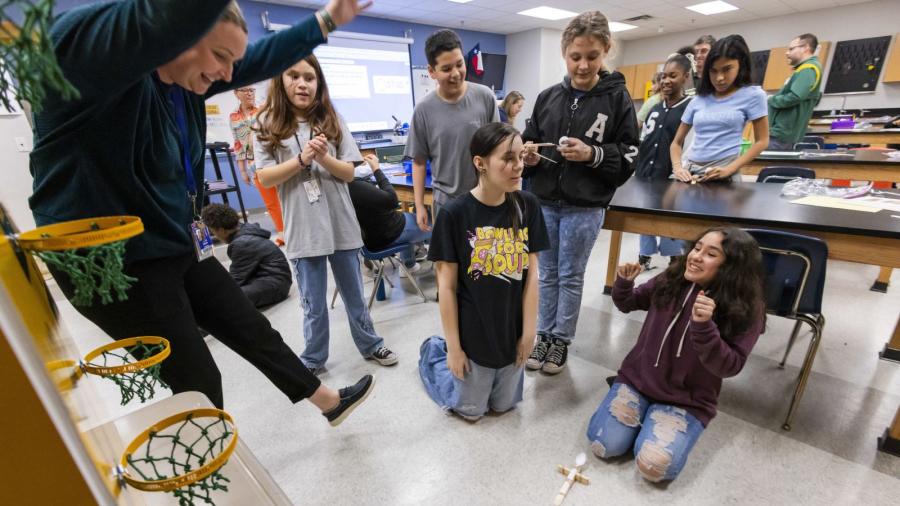
Baylor engineering faculty visit local classrooms to lead hands-on projects to spark interest in innovation and creative problem-solving
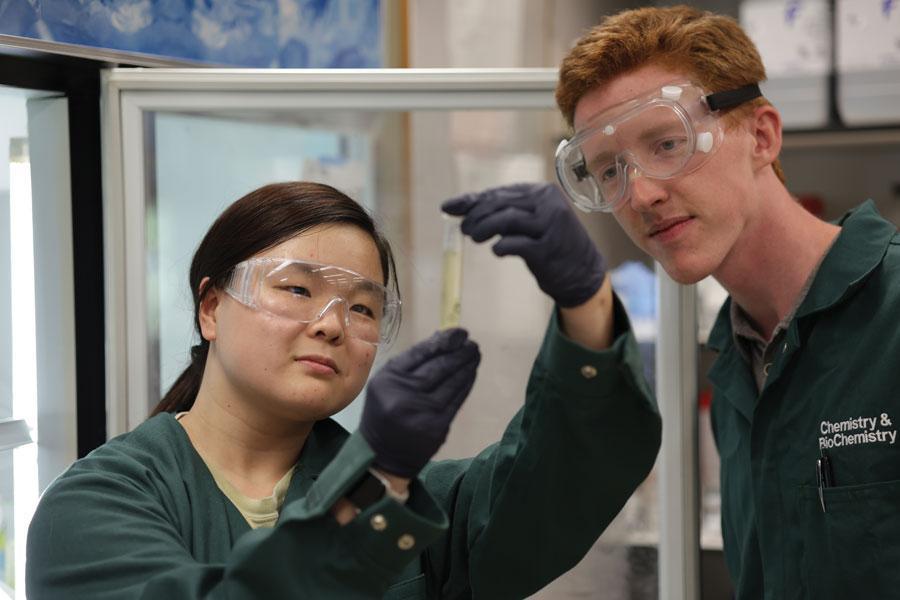
A spotlight on research growth since the launch of Baylor's strategetic plan, Illuminate.
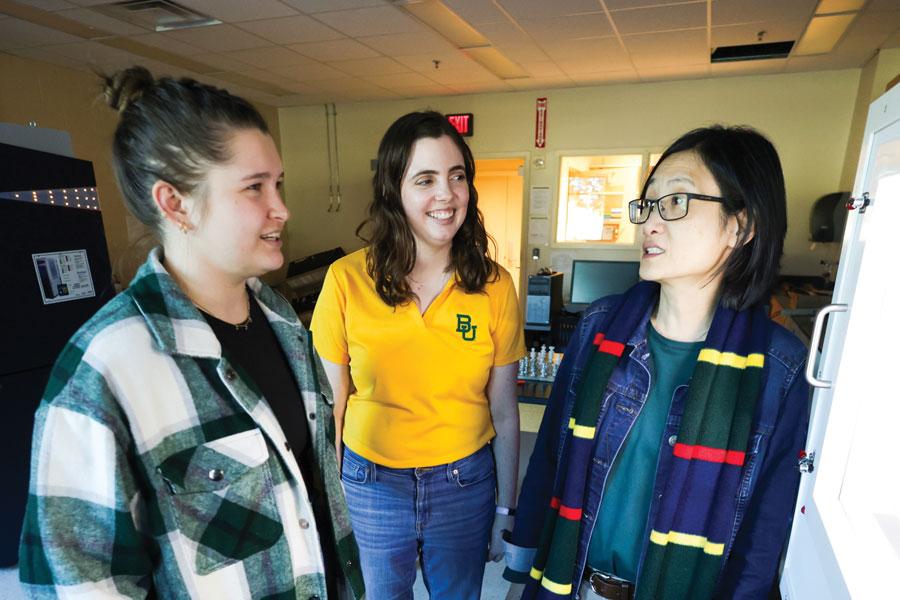
Baylor professors and students discuss mentorship in the Baylor Graduate School.
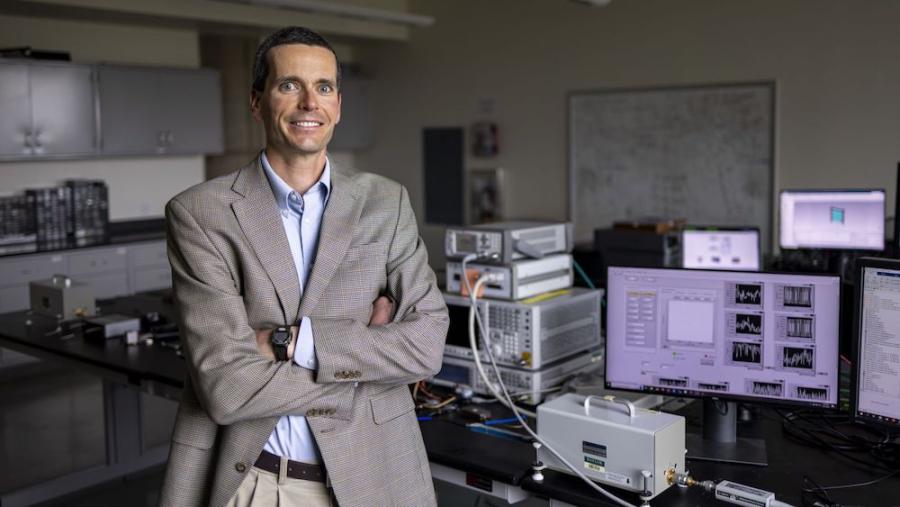
Engineering professor Charles Baylis, Ph.D., to lead multi-institution efforts at $5 million research center.
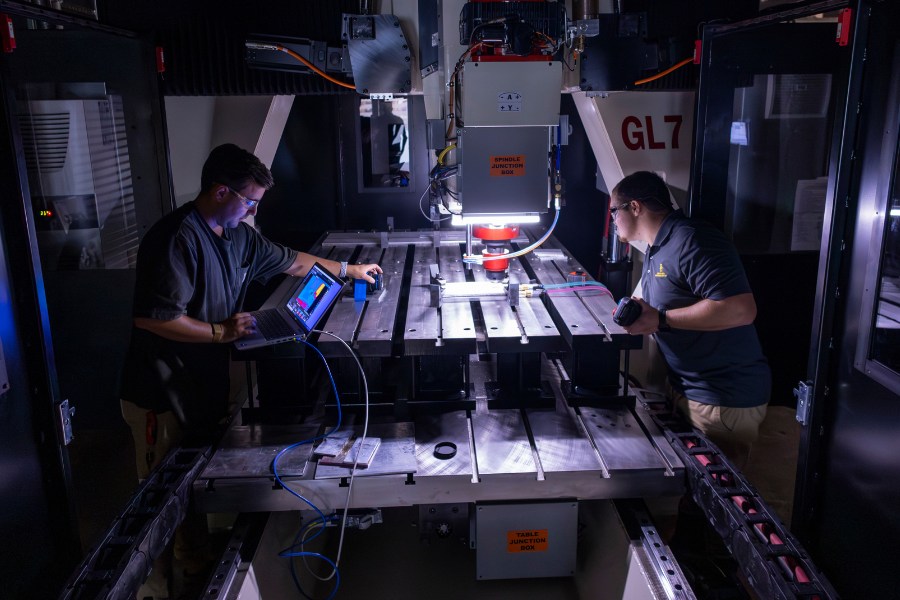
Space junk may soon have a new lease on life, thanks to researchers from Baylor University’s School of Engineering and Computer Science (ECS) and other entities, through $3 million NSF grant.

Baylor partners with the City of Waco to pilot a near-zero emission, multi-fuel combustor that transforms local waste with minimal processing into ultra-clean energy.

“Collaboration for a Higher Purpose” highlights the Baylor’s distinct Christian mission and the culture of collaboration across the University that continues to elevate Baylor’s research output and impact

Top university patent holders ranked in annual report from the National Academy of Inventors and Intellectual Property Owners Association